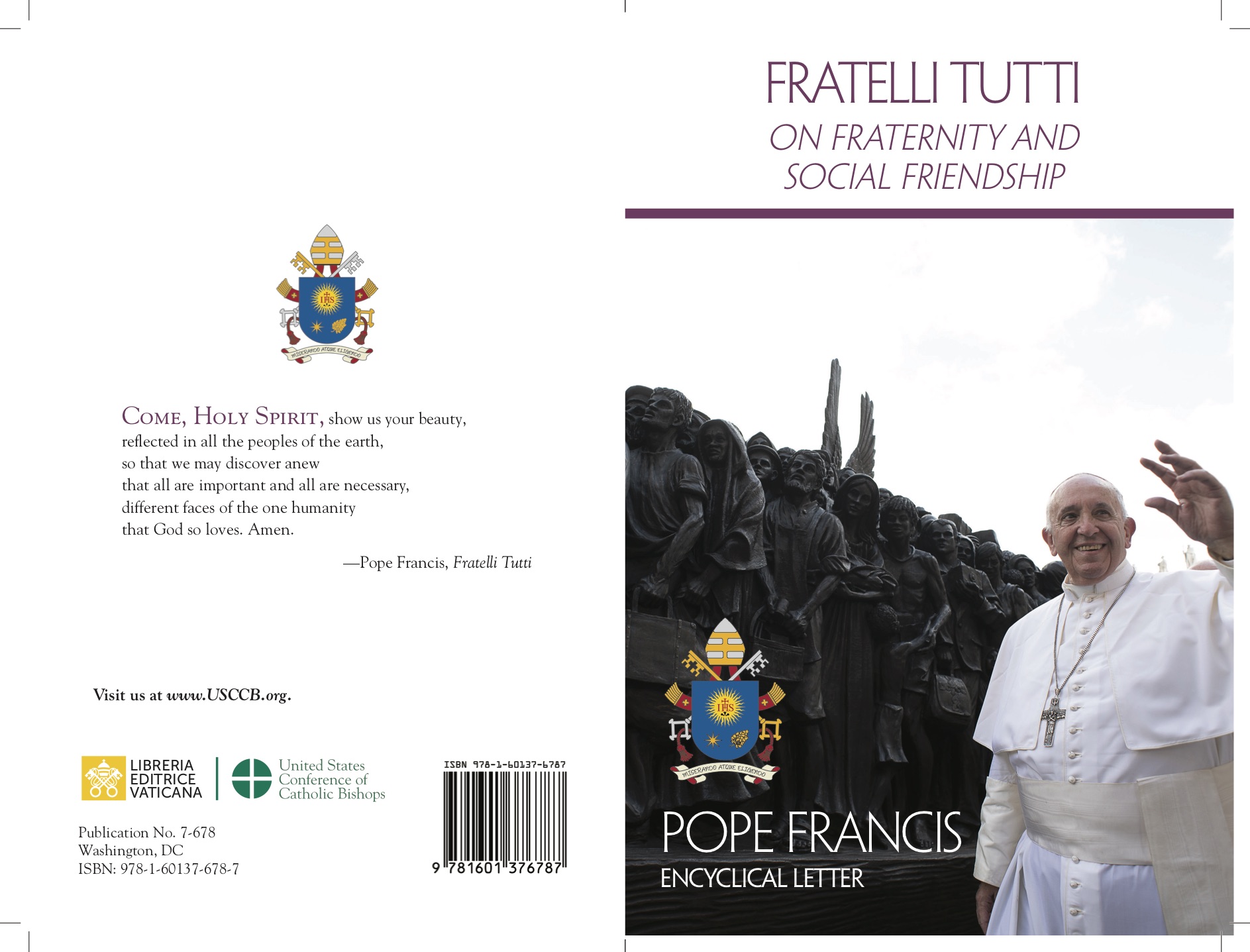
There were the eight nuns of Sainte-Agonie in Paris, led by the superior Mother Jean, who hosted the headquarters of the partisan organization of Claude Arnould, the “Colonel Olivier”. They hid the receiving and transmitting equipment in the sacristy. There was Josefa Mack (later Sister Imma), a novice of the Sisters of Notre Dame, the Arme Schulschwestern von Unseren Lieben Frau, in Freising, Germany, and with “Mädi” as a code name, she lived dangerously, carrying messages in and out of the Dachau concentration camp, where hundreds of priests from across Europe were imprisoned. There was Sister Maria Restituta Kafka, of the Franciscan Sisters of Christian Charity, who worked as a head nurse in a hospital near Vienna and was undaunted. When the war broke out, she wrote an anti-Nazi poem urging Austrian soldiers to desert, which she circulated clandestinely. When she was arrested, she was sentenced to death and guillotined. After the war, Sister Restituta became one of the symbols of Catholic anti-Nazi resistance, and in 1998, Pope John Paul II proclaimed her blessed.
This happened throughout occupied Europe. In the Netherlands and Belgium, there was a massive effort to assist persecuted Jews, even in extreme cases like that of a nun from Turnhout, near Antwerp, who, in order to save a Jew from deportation, agreed to marry him civilly. In Italy, the story of Sister Enrichetta Alfieri in Milan is well-known, particularly because of her beatification in 2011. She worked in the women’s section of the prison. When the Germans arrived in 1943, Sister Enrichetta organized the connections between the inside and the outside, whether that be messages, information, or material goods, they all passed from one side to the other. However, one message was intercepted, and Sister Enrichetta was arrested and locked in solitary confinement in the underground cells of “her” prison, awaiting either a death sentence or deportation. Cardinal Alfredo Ildefonso Schuster, acting through people close to Mussolini, managed to save her, with the promise of transferring her to a kind of internal exile.
“From the vast commitment of those who provided refuge to Jews and refugees, some nuns in occupied Europe took a step further and became very active, especially in safeguarding wounded partisans and collaborating with the Resistance”, says Professor Giorgio Vecchio, historian and author of the book Il soffio dello Spirito. Cattolici nelle Resistenze europee [The Breath of the Spirit. Catholics in the European Resistances], which is an extensive survey of these episodes.
Many of these stories in occupied Italy between 1944 and 1945 have remained unknown or forgotten over time. Sister Albarosa Ines Bassani wrote a dramatic book, Le suore della libertà [The Nuns of Liberty], which reconstructs the actions of the Dorotee sisters from Vicenza. At the risk of losing their own lives, they hid Jews, straggling soldiers, and escaping prisoners. They transformed them into partisan couriers, who write on their large black skirts, but they did not hesitate to assist wounded German and fascist soldiers when they saw them. For them, it was only about “the human being to be saved”.
The Dorotee sisters were spread throughout the Veneto region. In the small town of Dolo, near Venice, where she managed a home for the elderly, Sister Urbanina hid five Englishmen who had escaped from a prison camp in the attics of the house. In the final months of the war, she sent two nurse sisters on a clandestine mission for the Allies, carrying a hidden radio transmitter under syringes and bandages. When stopped at a German checkpoint, they saved themselves by claiming they were rushing to care for a seriously ill patient.
At the San Biagio prison in Vicenza, Sister Demetria Strapazzon always offered words of comfort to the detainees while also acting as a courier between the political prisoners and the local leadership of the National Liberation Committee. She managed to save four young men from execution who had been found in possession of a transmitter radio and compromising letters. She also saved the life of the Canossian nun Luisa Arlotti, who had been imprisoned for hiding and caring for wounded partisans.
Mother Luisa Arlotti was intrepid. The large wool mill in Vicenza had become a center of the Resistance, and she was asked to hide two wounded partisans in the attached children’s orphanage that she directed. While everyone was in the chapel for prayers, the two injured men entered through the air raid shelter and were hidden in a room on the top floor, with the door concealed by a wardrobe. Later, Mother Luisa sheltered more partisans and former prisoners who were injured. Only the janitor and the cook were informed. The mill director would send the company doctor and nurse for medical care. When the Mother House in Verona found out about these actions, they transferred Mother Arlotti to a convent in Venice, hoping to escape Nazi surveillance. However, the German command was alerted by an informant, and she was arrested.
At the same time, in Piedmont, in the mountains of Biella, there was Sister Teresina, of the Magdalene Order, born Luisa Brusa. She was running an orphanage for poor and orphaned girls, Casa Betania. It was a partisan war zone, with very scarce food, and Sister Teresina became friendly with a commander who brought food, clothes, and shoes to the girls, who were in dire need of everything. She had training as a nurse and offered to treat and hide some wounded partisans. In one case, to take a wounded partisan to the hospital in Turin, she disguised him as a nun.
Then there was Sister Carla De Noni from the Sanctuary of Santa Lucia, in Villanova Mondovì, Cuneo, whose dramatic story was told by journalist Daniele La Corte in the book Resistenza svelata [Unveiled Resistance]. It seems that Sister Carla even coordinated the “X Service”, the intelligence service of the partisan movement in Liguria and Lower Piedmont, in close connection with British agents.
Meanwhile, in Liguria, at the Santa Corona Hospital in Pietra Ligure, near Savona, two nurse nuns set up a “ghost ward” where they treated partisans and Jews right under the noses of the occupying forces. Sister Artemisia was awarded the Gold Medal for Military Valor.
In addition to Sister Enrichetta Alfieri, many religious women in Milan collaborated with the Resistance. Mother Rosa Chiarina Scolari, superior of the Institute of Reparation on Corso Magenta, hosted the command of the Volunteer Corps for Freedom. From there, the directives for the partisan war were issued. At the official parade to celebrate the partisans, the National Liberation Committee officially invited the nuns from the Casa di Nazareth, and the Catholic newspaper Il Popolo headlined in large letters: “Two Nuns at the Parade. Conspirators in the Cloister”.
by Francesco Grignetti
Journalist for the Italian national newspaper “La Stampa”













 Purchase the Encyclical here Fratelli Tutti
Purchase the Encyclical here Fratelli Tutti
